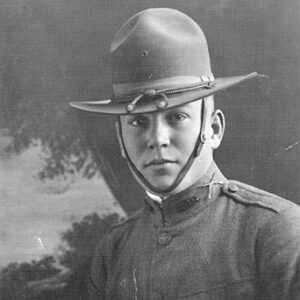 Marcellus Chiles
Marcellus Chiles
Gender: Male - Starting with C
 Marcellus Chiles
Marcellus Chiles
 Chism Wanted Poster
Chism Wanted Poster
Chism, Larry Porter
Chisum, John Greene
Chitwood, Oscar (Murder of)
Chowning, Frank Edwin
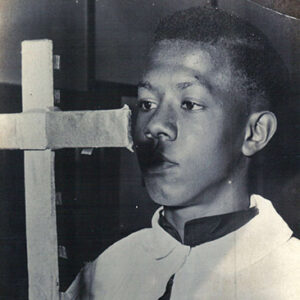 Christ Church Crucifier
Christ Church Crucifier
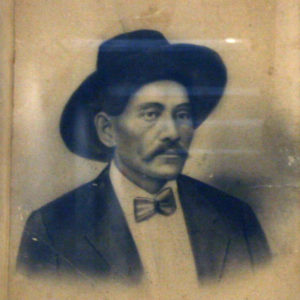 Ned Christie
Ned Christie
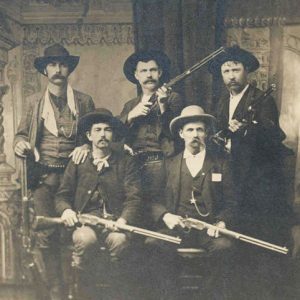 Ned Christie Posse
Ned Christie Posse
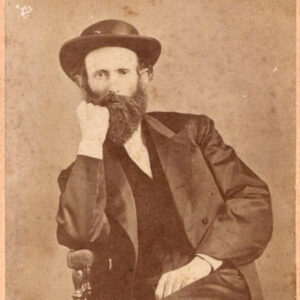 Robert James Christie
Robert James Christie
 LeRoy Christophe
LeRoy Christophe
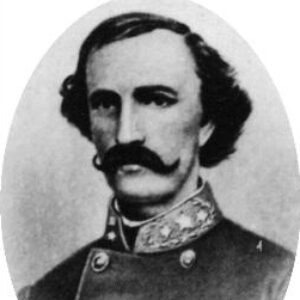 Thomas Churchill
Thomas Churchill
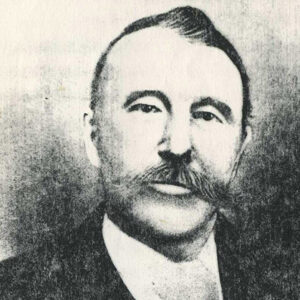 James Churchill
James Churchill
Churchill, Sylvester (Lynching of)
 Thomas Churchill
Thomas Churchill
Churchill, Thomas James
Churchill’s Arkansas Division (CS)
Civil War Veterans’ Reunions
Claiborne, Harry Eugene
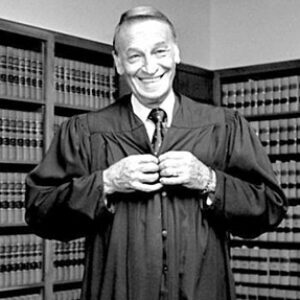 Harry Claiborne
Harry Claiborne
 Harry Claiborne
Harry Claiborne
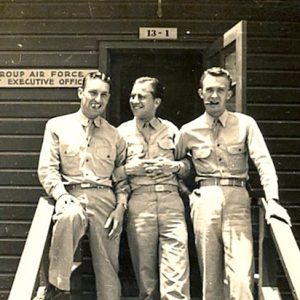 Harry Claiborne: WWII
Harry Claiborne: WWII
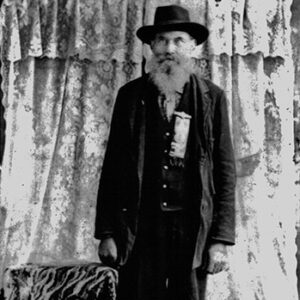 Edward Clanton
Edward Clanton
 Clark and Representatives
Clark and Representatives
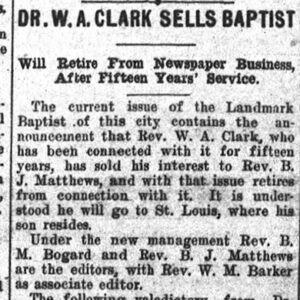 Clark Retirement Notice
Clark Retirement Notice
 Clark Staff
Clark Staff
Clark, Calvin
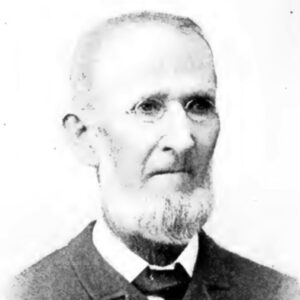 Calvin Clark
Calvin Clark
 Chester Clark
Chester Clark
 Herbert V. Clark
Herbert V. Clark
Clark, John Steven (Steve)
aka: Steve Clark
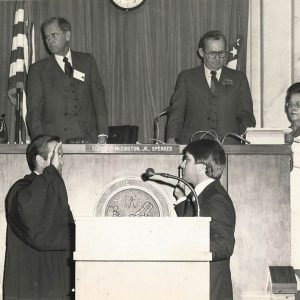 Steve Clark Being Sworn In
Steve Clark Being Sworn In
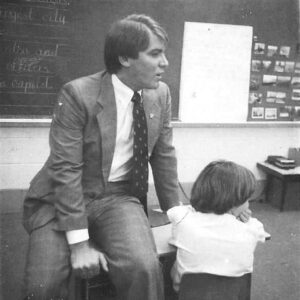 Steve Clark
Steve Clark
Clark, Moses Aaron
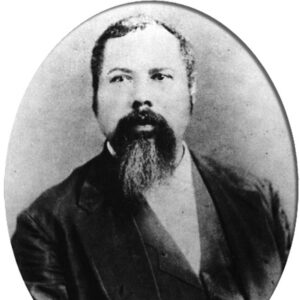 M. A. Clark
M. A. Clark
 Wesley Clark
Wesley Clark
Clark, Wesley Kanne
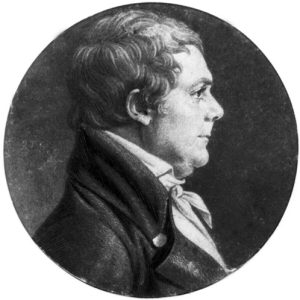 William Clark
William Clark
Clark, William Allen
Clark, William H.
 A.O. Clarke
A.O. Clarke
Clarke, Albert Oscar (A. O.)
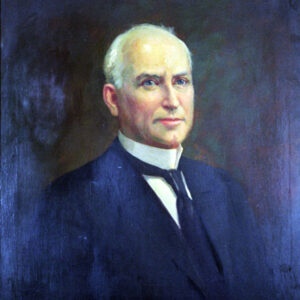 James Clarke
James Clarke
Clarke, James Paul
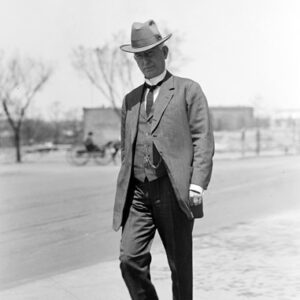 James Clarke
James Clarke
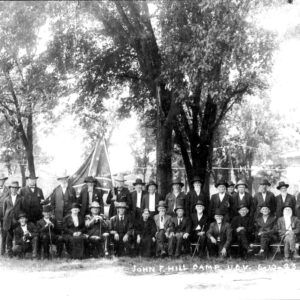 Clarksville UCV
Clarksville UCV
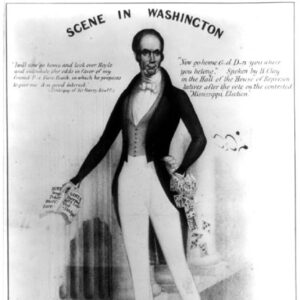 Henry Clay
Henry Clay
 Claybrook Tigers
Claybrook Tigers




